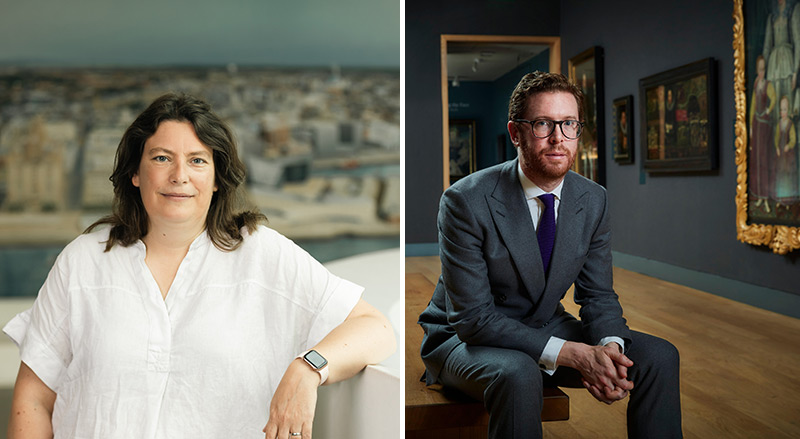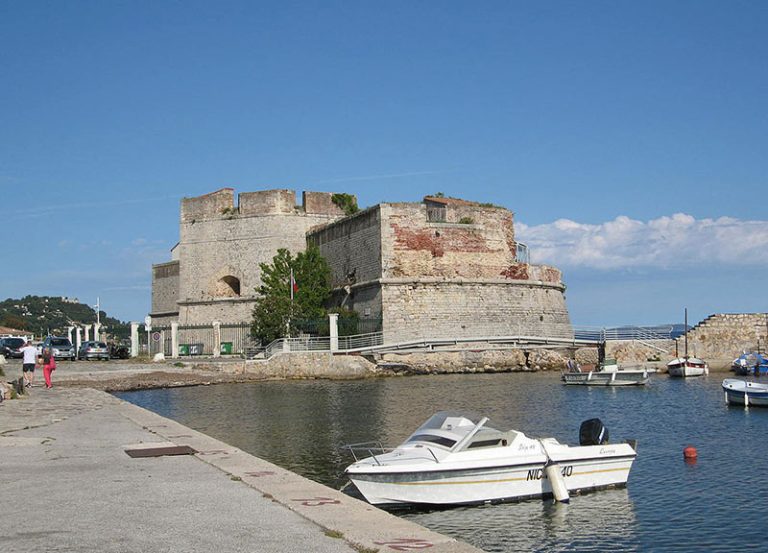London. During the selection last spring of the new director of the British Museum, George Osborne, the president of the institution, allegedly refused to present two choices to the Prime Minister, as he had requested. According to the British press, David Cameron's former finance minister feared that the approach would call into question the independence of the national museum. The British Museum refused to confirm or deny this, but the controversy is surprising, seen from France, where the last presidents of the Republic intervene in all appointments.
This is because national public museums operate under a special regime in England. “They were almost all created by Acts of Parliament, recalls Simon Knell, professor of contemporary museology at the University of Leicester. Like any other public body, they are subject to the principle of independence (“arm’s length principle”in English). » The principle consists of guaranteeing that the government, coming from a political party, does not have control of the functioning of these cultural institutions. “They must not be the “pawns” of ministers, for example, and must be able to function as separate entities,” explains Fiona Candlin, professor of museology at the University of London Birkbeck.
This principle applies in different ways depending on the structures. “The director of Tate is selected by the board of directors following a standard application and interview procedure, explains Samuel Jones, head of the Tate directors' office. Their choice is then approved by the Prime Minister before being announced. »
Fifteen national museums
The principle is similar for the British Museum. “In the case of our new director, Nicholas Cullinan, he was appointed with the unanimous approval of the directors and Number 10 (Downing Street)“, confirms a representative of the institution, without returning to the controversy. Under the British Museum Act 1963, it is the responsibility of the Board of Trustees to oversee the museum's strategy implemented by the Director. It is the responsibility of the latter to ensure the conservation and access to the collection on behalf of the nation. The board of directors, for its part, is made up of twenty-five members, including one administrator appointed by the king, fifteen appointed by the Prime Minister and five by the administrators themselves. The remaining four trustees are appointed by the Minister for Culture, Media and Sport (DCMS) on the recommendation of the presidents of the Royal Academy, the British Academy, the Society of Antiquaries of London and the Royal Society. The president is elected by the board of directors from among its members.
In total, ten of England's fifteen national museums operate in a similar way and require the approval of the Prime Minister for the choice of directors. This procedure concerns the National Portrait Gallery, the Science Museum, the Imperial War Museums, the National Gallery, the Natural History Museum, the Royal Museums Greenwich, the Victoria and Albert Museum and the Wallace Collection.
The remaining five national museums funded by the DCMS are not dependent on the Prime Minister's approval. “It is the Minister for Culture who approves the appointment, by the board of directors, of the director general of the Royal Armories and the director of the National Museums Liverpool”, specifies a government spokesperson. The procedure is the same for the appointment of the general director of the Museum of the Home as well as for the Horniman Museum (anthropological collections), with the exception that the Minister of Finance also sometimes has a say in the choice of the director of this last institution. Finally, the management of Sir John Soane's Museum is chosen by the board of trustees without the need for government approval. In general, governments respect this principle of independence and there is no official procedure to follow in the event of refusal by the Prime Minister or the Minister of Culture. When it occurs, such refusal is interpreted as interference on the part of the government and is often very poorly received by public opinion. “It is shocking that the Prime Minister interfered in the nomination process at the British Museum,” confirms Simon Knell.
However, government interventionism has increased in recent years. The only recourse left to members of the boards of directors to express their dissatisfaction is to resign. This is the choice made in 2021 by Charles Dunstone, the billionaire founder of the telecommunications group TalkTalk, who was then president of the Royal Museums Greenwich. Academic Aminul Hoque, close to Charles Dunstone, saw his candidacy rejected by the ministry for a second term, normally automatic, because he had “liked” tweets hostile to the government, according to the British press.
The underlying question of wokism
“As a matter of principle, conservatives have always fought against the deep state and have always been reluctant to create or support public institutions, says Simon Knell. They fear that the “state” will control them and will do so using their tax money. » This idea emerges from a report on the national public museums strategy written in 2017, under Theresa May's government. “We will not change the status of our museums, which are non-ministerial public organizations. Their political independence is vital, but, given the funds they receive from the government, we must maintain control over them to ensure optimal use of public funds,” declared in the preamble John Glen, the Under-Secretary of State for Arts, Heritage and Tourism at the time.
At the heart of the most recent interventions is also the question of the culture wars, notably “anti-woke”, launched by the government of Boris Johnson. “Cultural institutions are often seen as espousing liberalism (in the Anglo-Saxon sense, editor’s note)and progressive values”, recalls Simon Knell. The phenomenon even goes beyond the sphere of national museums, while the government recently tried to interfere in the appointments of the BBC television channel or Ofcom, the telecommunications regulatory authority.







